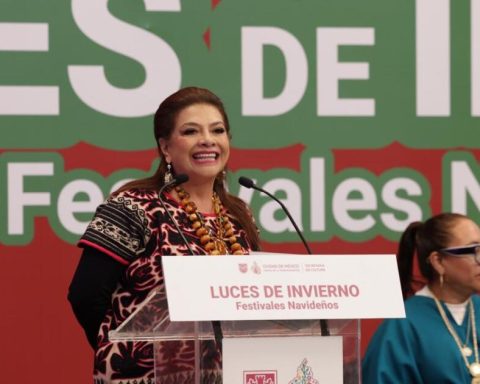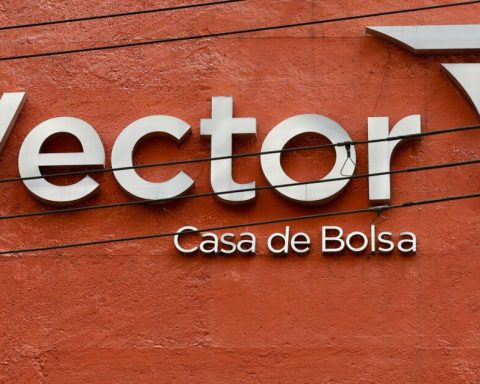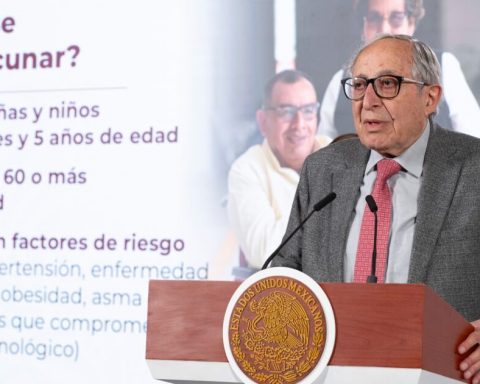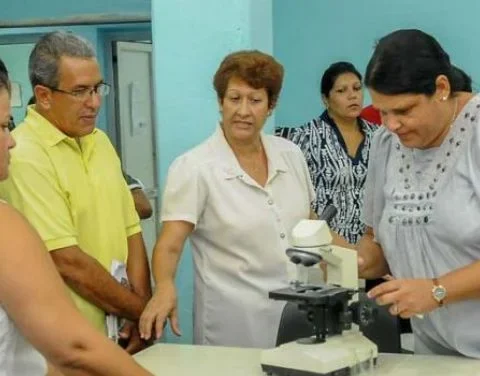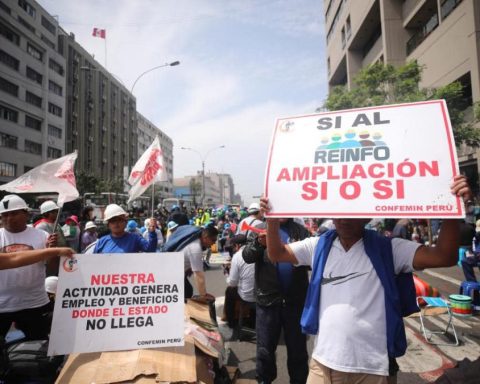In April, the National Institute of Statistics and Geography (INEGI) reported that annual inflation reached 7.68% in Mexico. Within the index, the increases in foods such as tomatoes stand out, whose price rose 20.23% compared to the previous month.
To this must be added the increases in chicken, avocado and corn tortillas, whose rises were 2.94%, 13.94% and 2.18% in a single month.
However, in the category of fruits and vegetables, the price increase has already reached 15.84% per year, according to INEGI data.
In the last 12 months, the tomato has shot up 30.56%, the onion 150.50%, the lemon 103.45% and the avocado 84.26%, for which a ‘pico de gallo’ is becoming a luxury whose availability is part of the effort in the taquerias and fondas.
Considering the rest of the food, the OECD calculates that food inflation, between March 2021 and March 2022, reached 13% in Mexico, surpassing countries such as the United States, Canada, South Africa and above the average of the OECD and the countries of the European Union.
It is in this vein that President Andrés Manuel López Obrador announced, last week, a agreement with the private initiative to try to contain the rise in food in the basic basket in the remainder of the year.
The program does not include price control, but it does include alliances with business chambers and the implementation of foreign trade strategies, such as the exemption from tariffs for food imports.
If inflationary pressures continue in Mexico until June, it will imply an inflation of 8% at the end of the year. If the pressures persist until the third quarter, inflation would reach 10%.
– Gabriela Siller Pagaza (@GabySillerP)
May 9, 2022
If this program, together with the increase in the interest rate by the Bank of Mexico, fails to stop the upward trend in prices, Mexico could close with an inflation of 10%, according to analysts such as Gabriela Siller, director of analysis of the BASE Financial Group.
